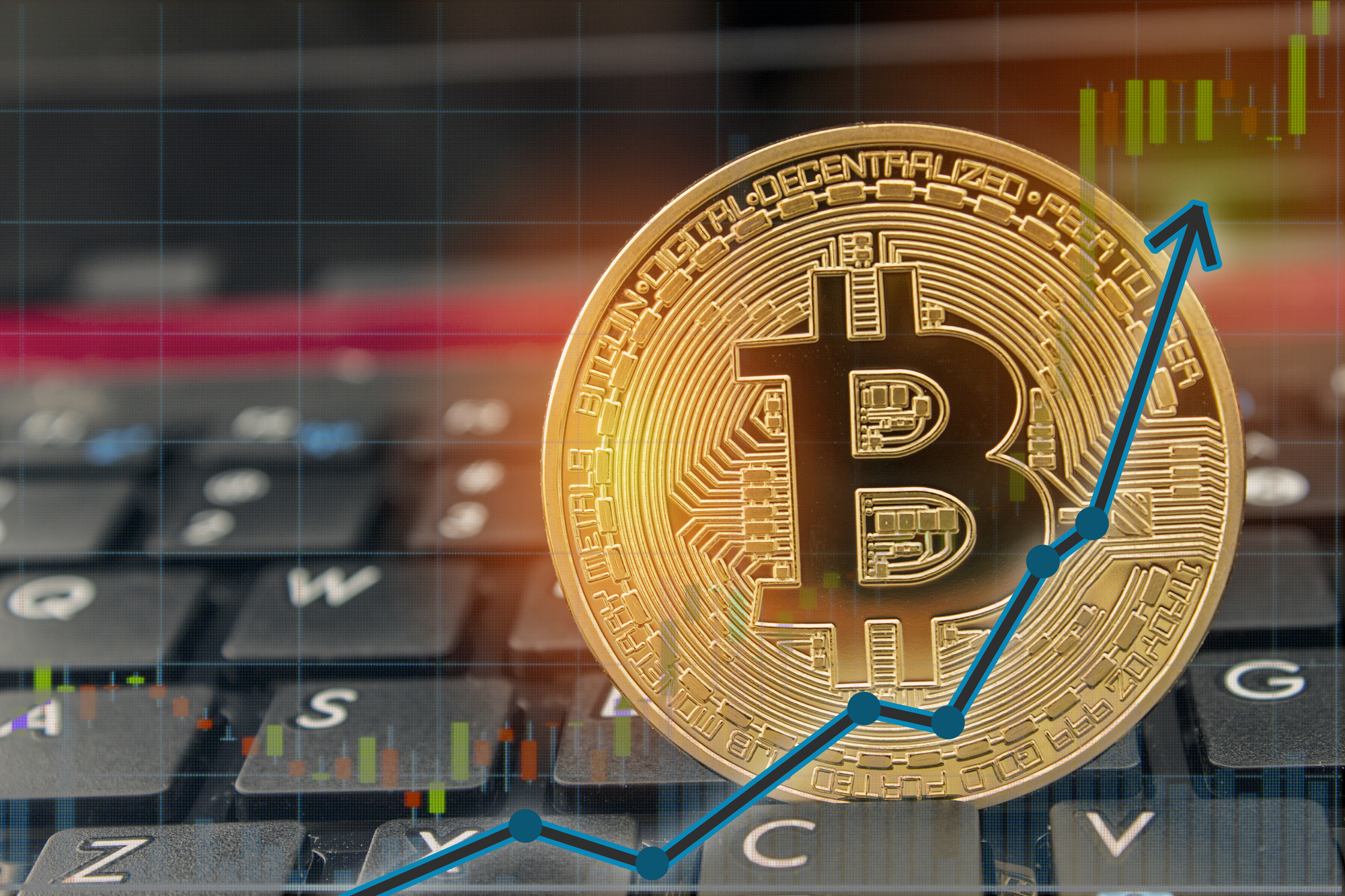what is cryptocurrency mining
What is cryptocurrency mining
The price of Shiba Inu (SHIB) is $2.36603e-5 today, as of Nov 15 06:05 a.m., with a 24-hour trading volume of $3.09B. Over the last 24 hours, the price has decreased by -10.1 https://simplenotch.com/ 7%. Shiba Inu currently has a circulating supply of 589.26T and a market cap of $13.94B.
In summary, Shiba represents a community-driven endeavor within the cryptocurrency space, aiming to challenge traditional financial systems and provide users with opportunities for participation and reward. However, its future success will largely depend on its ability to broaden its utility and foster wider adoption among users. As with any cryptocurrency investment, potential investors should conduct thorough research and consider the risks involved.
May 2021 was a notable month for Shiba Inu for a couple of reasons. First, a significant portion of its token supply was destroyed, a move that often aims to reduce supply and potentially increase the value of a cryptocurrency. Additionally, May 2021 saw Shiba Inu being listed on a major cryptocurrency exchange platform, further enhancing its visibility and credibility within the crypto community.

What is cryptocurrency
The market capitalization of a cryptocurrency is calculated by multiplying the price by the number of coins in circulation. The total cryptocurrency market cap has historically been dominated by bitcoin accounting for at least 50% of the market cap value where altcoins have increased and decreased in market cap value in relation to bitcoin. Bitcoin’s value is largely determined by speculation among other technological limiting factors known as blockchain rewards coded into the architecture technology of bitcoin itself. The cryptocurrency market cap follows a trend known as the « halving », which is when the block rewards received from bitcoin are halved due to technological mandated limited factors instilled into bitcoin which in turn limits the supply of bitcoin. As the date reaches near of a halving (twice thus far historically) the cryptocurrency market cap increases, followed by a downtrend.
A node is a computer that connects to a cryptocurrency network. The node supports the cryptocurrency’s network through either relaying transactions, validation, or hosting a copy of the blockchain. In terms of relaying transactions, each network computer (node) has a copy of the blockchain of the cryptocurrency it supports. When a transaction is made, the node creating the transaction broadcasts details of the transaction using encryption to other nodes throughout the node network so that the transaction (and every other transaction) is known.
Transaction fees (sometimes also referred to as miner fees or gas fees) for cryptocurrency depend mainly on the supply of network capacity at the time, versus the demand from the currency holder for a faster transaction. The ability for the holder to be allowed to set the fee manually often depends on the wallet software used, and central exchanges for cryptocurrency (CEX) usually do not allow the customer to set a custom transaction fee for the transaction. Their wallet software, such as Coinbase Wallet, however, might support adjusting the fee.

The market capitalization of a cryptocurrency is calculated by multiplying the price by the number of coins in circulation. The total cryptocurrency market cap has historically been dominated by bitcoin accounting for at least 50% of the market cap value where altcoins have increased and decreased in market cap value in relation to bitcoin. Bitcoin’s value is largely determined by speculation among other technological limiting factors known as blockchain rewards coded into the architecture technology of bitcoin itself. The cryptocurrency market cap follows a trend known as the « halving », which is when the block rewards received from bitcoin are halved due to technological mandated limited factors instilled into bitcoin which in turn limits the supply of bitcoin. As the date reaches near of a halving (twice thus far historically) the cryptocurrency market cap increases, followed by a downtrend.
A node is a computer that connects to a cryptocurrency network. The node supports the cryptocurrency’s network through either relaying transactions, validation, or hosting a copy of the blockchain. In terms of relaying transactions, each network computer (node) has a copy of the blockchain of the cryptocurrency it supports. When a transaction is made, the node creating the transaction broadcasts details of the transaction using encryption to other nodes throughout the node network so that the transaction (and every other transaction) is known.
Cryptocurrency news
CoinMarketCap does not offer financial or investment advice about which cryptocurrency, token or asset does or does not make a good investment, nor do we offer advice about the timing of purchases or sales. We are strictly a data company. Please remember that the prices, yields and values of financial assets change. This means that any capital you may invest is at risk. We recommend seeking the advice of a professional investment advisor for guidance related to your personal circumstances.
NFTs are multi-use images that are stored on a blockchain. They can be used as art, a way to share QR codes, ticketing and many more things. The first breakout use was for art, with projects like CryptoPunks and Bored Ape Yacht Club gaining large followings. We also list all of the top NFT collections available, including the related NFT coins and tokens.. We collect latest sale and transaction data, plus upcoming NFT collection launches onchain. NFTs are a new and innovative part of the crypto ecosystem that have the potential to change and update many business models for the Web 3 world.
De informatie in onze artikelen is niet bedoeld als beleggingsadvies of als aanbeveling tot aan- of verkopen van cryptocurrencies. Het handelen in digitale valuta brengt een significant risico met zich mee en is op eigen risico.





